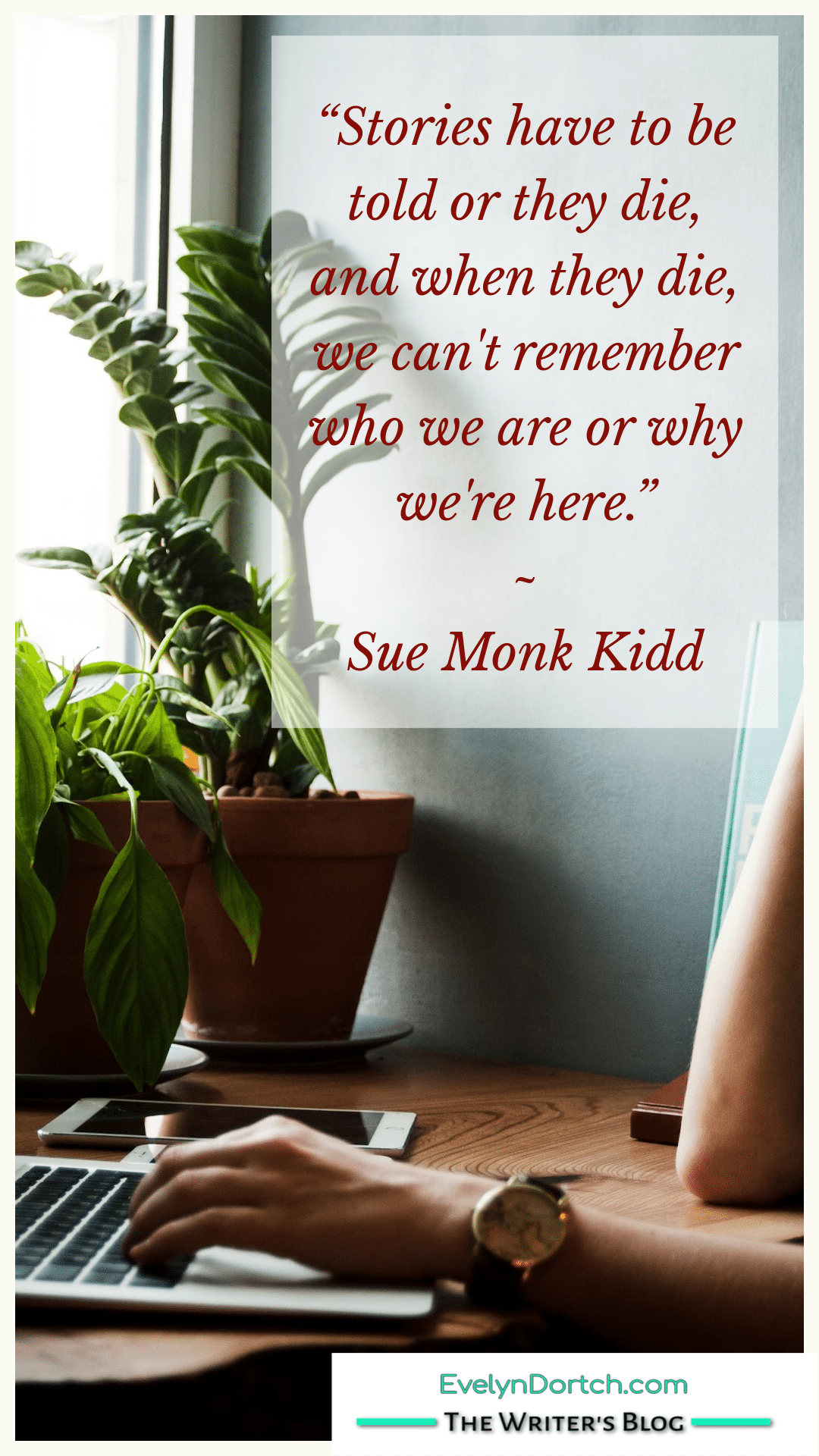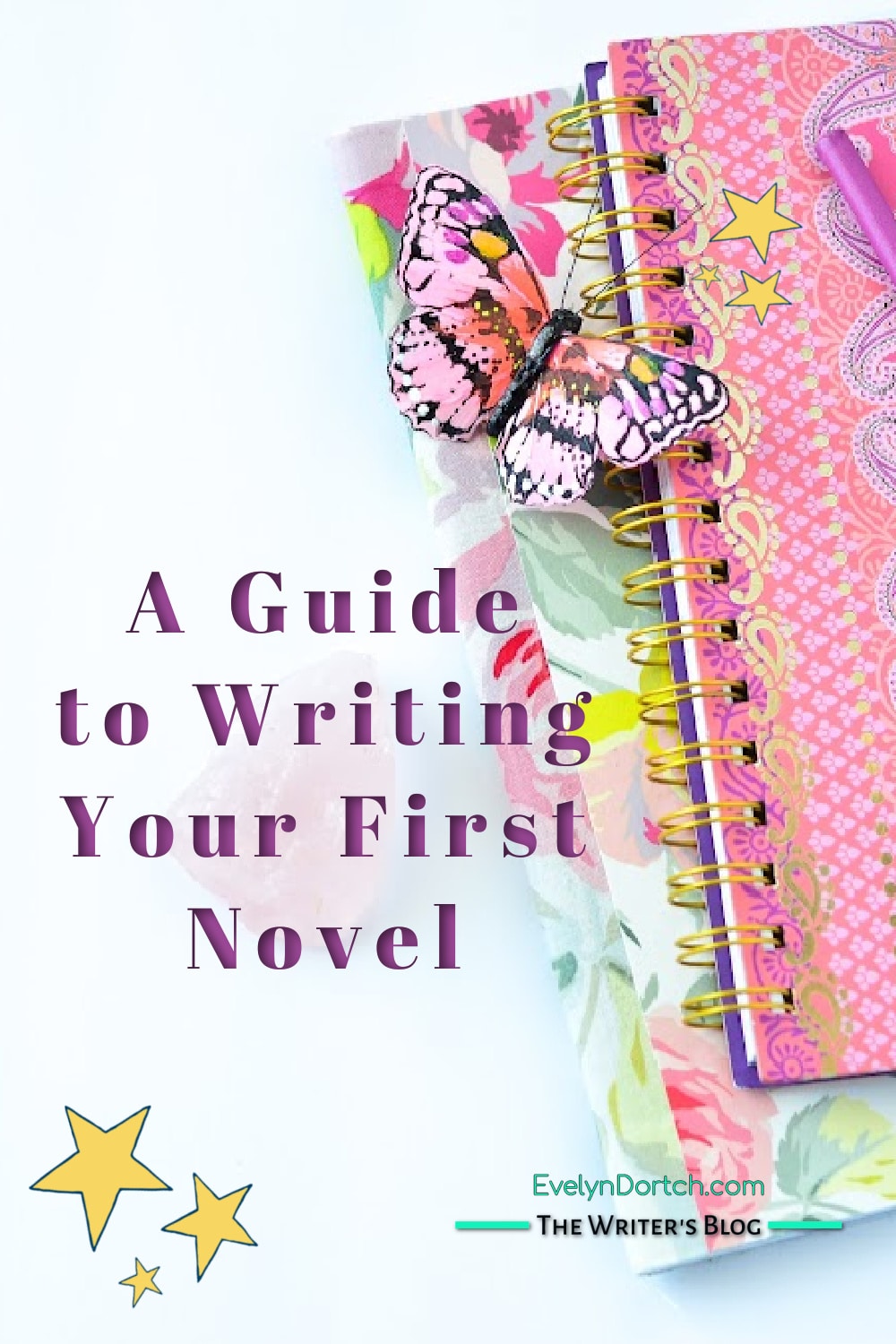Are you ready to transform your writing dreams into reality and take the leap into the world of novel writing? Writing your first novel can be both exhilarating and intimidating, but it’s an immensely rewarding journey that allows you to give voice to your stories, thoughts, and imagination. As a writer, you’re not just crafting a story; you’re creating a world that will transport readers, engage their emotions, and leave a lasting impression. This guide aims to provide you with practical steps to get started, from brainstorming your initial concept to completing your manuscript.
Writing your first novel is not merely about following a formula. It’s about discipline, creativity, and passion. Whether you’ve had a burning idea for years or are just feeling the itch to tell a story, it’s time to nurture that spark and start writing. Here’s how to begin.
Step 1: Develop a Compelling Concept
The foundation of every great novel begins with a compelling concept. This is the “what if” question that drives your narrative. Your concept could stem from an idea you’ve been carrying for years, or it might emerge from an observation, a dream, or a conversation. Wherever it comes from, your concept should be one that excites you and has the potential to sustain your interest for the long haul.
To develop your concept, ask yourself:
- What message or theme do you want to explore in your story?
- Who are the main characters, and what is the central conflict?
- How will your story stand out from others in your genre?
Once you’ve settled on a concept, take some time to expand it. You don’t need to know every detail just yet, but having a clear sense of your story’s central idea will give you a solid foundation to build on.

Step 2: Create Complex and Memorable Characters
Great stories are driven by unforgettable characters. Characters are the heart and soul of your novel, and readers will connect with your story through their experiences. The key to creating well-rounded, three-dimensional characters is to think about them as real people with unique personalities, flaws, desires, and fears.
Start by defining your protagonist and antagonist. Who are they? What motivates them? What are their goals, and how do they evolve throughout the story? Your protagonist should have internal conflicts, goals, and a journey of growth, while your antagonist or opposing force should challenge them, providing tension and conflict in the narrative.
To flesh out your characters, consider the following:
- Backstory: What experiences shaped your character before the story begins?
- Personality traits: What makes them unique? How do they react under pressure?
- Desires and fears: What does your character want, and what are they afraid of?
- Relationships: How do they interact with others? What role do supporting characters play in their journey?
By carefully crafting your characters, you ensure that readers will be emotionally invested in their journeys, making your novel all the more engaging.
Step 3: Plot Your Novel
Plotting is often considered the backbone of novel writing, as it shapes the structure of your story. Your plot is the sequence of events that lead your characters from the opening scenes to the climax and resolution. Whether you’re a detailed plotter or prefer a more organic approach, having a general outline of key events will keep your story focused and dynamic.
There are various methods for plotting your novel:
- The Three-Act Structure: A classic storytelling format that divides your story into setup, confrontation, and resolution.
- The Hero’s Journey: A narrative template often used in adventure stories and myths, where the protagonist embarks on an epic journey.
- Freytag’s Pyramid: This structure involves exposition, rising action, climax, falling action, and denouement.
Regardless of the method you choose, consider the following as you plot your novel:
- Inciting Incident: What event propels your protagonist into the main conflict?
- Rising Action: What obstacles and challenges will your characters face?
- Climax: What is the most intense moment of the story, where the conflict reaches its peak?
- Resolution: How do the characters resolve the conflict, and what changes have they undergone?
Plot twists, surprises, and character development should all be incorporated into your plot to keep readers hooked from beginning to end.
Step 4: Set a Writing Schedule
Writing a novel requires time, commitment, and consistency. It’s easy to feel overwhelmed by the scope of the project, but by breaking it down into manageable chunks, you’ll make steady progress. One of the best ways to ensure you finish your novel is to set a realistic writing schedule and stick to it.
Here’s how to create an effective writing routine:
- Set specific goals: How many words or pages do you want to write each day or week? Set achievable targets.
- Find your peak productivity time: Whether you’re a morning person or a night owl, write during the time of day when you’re most focused and creative.
- Eliminate distractions: Turn off your phone, close unnecessary tabs, and create a writing environment that allows you to focus.
- Stay consistent: Even on days when you’re not feeling particularly inspired, try to write something. Consistency will keep the momentum going.
Remember, writing a novel is a marathon, not a sprint. Be patient with yourself, and don’t worry if the words aren’t perfect on the first try. The goal is to keep moving forward.

Step 5: Write Every Day (or Almost Every Day)
Consistency is key when it comes to writing your first novel. Even if you can only manage a few hundred words a day, that small progress adds up over time. Try to write daily or as frequently as possible to keep your ideas fresh and your momentum going.
Set a minimum word count goal that works for your schedule, and celebrate small victories along the way. Whether you write for 15 minutes or 2 hours, the important thing is to keep writing. Over time, these daily efforts will bring you closer to completing your manuscript.
Step 6: Use Vivid Descriptions and “Show, Don’t Tell”
The art of novel writing is not just about telling a story—it’s about making readers feel like they are living it. One way to create a more immersive reading experience is by using vivid descriptions and sensory details to bring scenes to life. Show, rather than tell, your readers what is happening. Instead of simply stating that a character is angry, describe their clenched fists or raised voice.
Additionally, use figurative language, such as metaphors and similes, to paint more evocative images in the reader’s mind. Descriptive writing helps create atmosphere, mood, and emotional resonance, making your story more impactful.
Step 7: Seek Feedback and Revise
No novel is complete without revision, and feedback from others is crucial during the editing process. Once you have a first draft, share your work with trusted friends, writing groups, or beta readers. Be open to constructive criticism, as it will help you identify areas that need improvement.
As you revise, focus on tightening your prose, strengthening character arcs, and ensuring your plot flows smoothly. Revision is an ongoing process, and it may take several drafts before you’re satisfied with the final result.
Step 8: Believe in Yourself
Writing your first novel is no small feat, and there will be moments when self-doubt creeps in. But remember, every writer has faced challenges along the way. The key is perseverance. Believe in your ability to tell a story that matters, and don’t let fear or uncertainty hold you back.
You’ve already taken the first step by committing to this process. Now, trust yourself to see it through. Stay passionate, stay focused, and keep writing.

Writing your first novel is an extraordinary accomplishment. By following these steps—developing your concept, creating memorable characters, plotting your story, setting a writing schedule, and persevering through revisions—you’ll be well on your way to finishing your manuscript. Stay patient, stay motivated, and most importantly, believe in yourself. Your story deserves to be told, and the world is waiting to hear it.


Secret Word of the Day
Monday Snow
Tuesday Ice
Wednesday Wind
Thursday Rain
Friday Fog
Saturday Sprinkles
Sunday Mist




